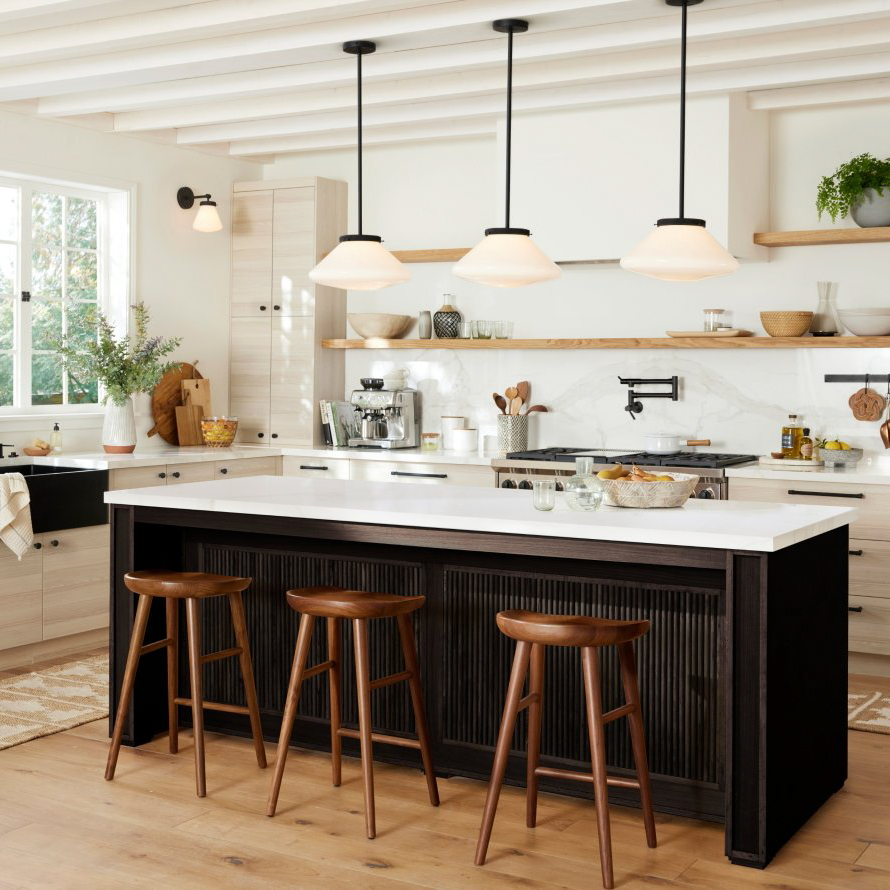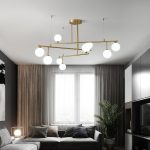
Introduction
Lighting is one of the most crucial elements that can impact our daily lives. It can affect the way we see things, our mood, and even our health. The proper use of lighting can provide comfort and ambiance that promotes relaxation and well-being in our homes. This article aims to provide a comprehensive overview of human home lighting, from its benefits and types to its design and installation.
Benefits of Human Home Lighting
Human home lighting offers numerous benefits to homeowners, including:
1. Enhances mood and health
Lighting can affect our circadian rhythm, which is our body’s internal clock responsible for regulating sleep-wake cycles. Exposure to the right type and intensity of light can help manage sleep quality, mood, and overall health. Properly designed lighting systems can promote a better and more balanced lifestyle.
2. Increases productivity and concentration
Lighting can also affect productivity and concentration by providing the right amount of illumination for specific tasks. Properly illuminated workspaces can help individuals accomplish their tasks more efficiently.
3. Provides security and safety
Lighting can also provide security and safety in our homes, especially at night. Well-lit areas discourage burglars and provide a sense of security, while well-designed outdoor lighting can help prevent accidents and falls.
Types of Human Home Lighting
There are several types of lighting that can complement the design and architecture of our homes. The most common ones include:
1. Ambient Lighting
Ambient lighting provides general illumination for a room. It can set the overall mood and provide sufficient light for basic tasks such as walking, reading, and socializing. Examples of ambient lighting include chandeliers, floor lamps, and recessed lights.
2. Task Lighting
Task lighting provides illumination for specific tasks such as reading, writing, or cooking. It is typically brighter and more focused compared to ambient lighting. Examples of task lighting include desk lamps, under-cabinet lights, and pendant lights.
3. Accent Lighting
Accent lighting is used to highlight specific areas or objects such as artwork, sculptures, or architectural features. It adds depth and dimension to a room and can also create a dramatic effect. Examples of accent lighting include track lighting and spotlights.
Design and Installation of Human Home Lighting
Design and installation of human home lighting require careful planning and execution. Here are several factors to consider:
1. Room Layout and Function
The room’s layout and function will determine the type and amount of lighting needed. For example, a bedroom might require ambient lighting for relaxation, task lighting for reading, and accent lighting for artwork.
2. Color Temperature and Intensity
The color temperature and intensity of the light can affect the room’s ambiance and mood. Warm light with lower intensity can create a more relaxed and cozy atmosphere, while cooler light with higher intensity can provide a brighter and energizing environment.
3. Energy Efficiency and Sustainability
Choosing energy-efficient and sustainable lighting fixtures can save energy and reduce carbon footprint. LED lights are a popular choice since they last longer and require less energy compared to traditional incandescent bulbs.




